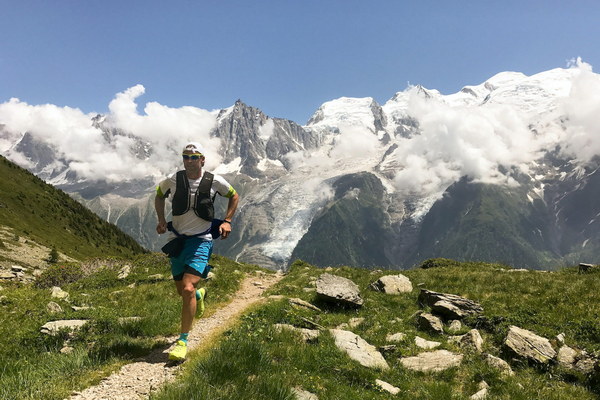Unclear Border of High-Density Shadow in the Lower Lobe A Diagnostic Challenge
Introduction:
In chest radiography and computed tomography (CT) imaging, the identification and interpretation of pulmonary abnormalities are critical for diagnosing various respiratory diseases. One such abnormality is the presence of a high-density shadow in the lower lobe of the lung, which often presents with unclear or indistinct borders. This article aims to discuss the challenges in diagnosing and interpreting such an abnormality and its potential implications for patient management.
Background:
The lower lobe of the lung is more susceptible to infections and other pulmonary diseases due to its anatomical position and airway defenses. High-density shadows in this region may be indicative of various conditions, including pneumonia, lung abscesses, and lung tumors. However, the unclear border of these shadows can make it difficult to distinguish between these conditions and lead to misdiagnosis or delayed diagnosis.
Challenges in Diagnosis:
1. Overlapping Shadows: High-density shadows in the lower lobe can sometimes overlap with adjacent structures, making it difficult to identify the exact location and extent of the abnormality. This overlap can be caused by anatomical variations, adjacent lung tissue involvement, or the presence of other abnormalities in the chest.
2. Imaging Artifacts: Poor image quality, technical errors, or patient motion can lead to the appearance of unclear borders in high-density shadows. These artifacts can confound the interpretation of the images and hinder accurate diagnosis.
3. Non-specific Presentation: High-density shadows in the lower lobe with unclear borders may have a non-specific appearance, making it challenging to differentiate between various etiologies. This can lead to a broad differential diagnosis, including infectious, inflammatory, and neoplastic conditions.
4. Limited Access to Advanced Imaging Techniques: In some regions, access to advanced imaging techniques like CT scan may be limited. This can result in relying solely on chest radiographs, which may not provide sufficient detail to discern the unclear borders of high-density shadows.
Management and Considerations:

1. Detailed Clinical History: A thorough clinical history, including the patient's symptoms, risk factors, and previous medical history, can help narrow down the differential diagnosis and guide further investigations.
2. Additional Imaging: If the initial chest radiograph is inconclusive, additional imaging techniques such as CT scan with contrast or other advanced imaging modalities can provide more detailed information about the unclear borders of the high-density shadow.
3. Correlation with Other Investigations: Laboratory tests, such as complete blood count (CBC), inflammatory markers, and sputum cultures, can help identify infectious or inflammatory processes. Additionally, serological tests and biopsies may be necessary to rule out neoplastic conditions.
4. Treatment Approach: Once a diagnosis is established, appropriate treatment can be initiated. In cases of pneumonia or lung abscess, antibiotic therapy may be necessary. For neoplastic conditions, further investigations and treatment options will depend on the specific type of tumor.
Conclusion:
The presence of a high-density shadow in the lower lobe with unclear borders presents a diagnostic challenge due to its overlapping shadows, imaging artifacts, and non-specific presentation. A comprehensive approach involving a detailed clinical history, additional imaging, and correlation with other investigations is crucial for accurate diagnosis and timely management. Healthcare providers should remain vigilant and proactive in managing these cases to ensure optimal patient outcomes.









